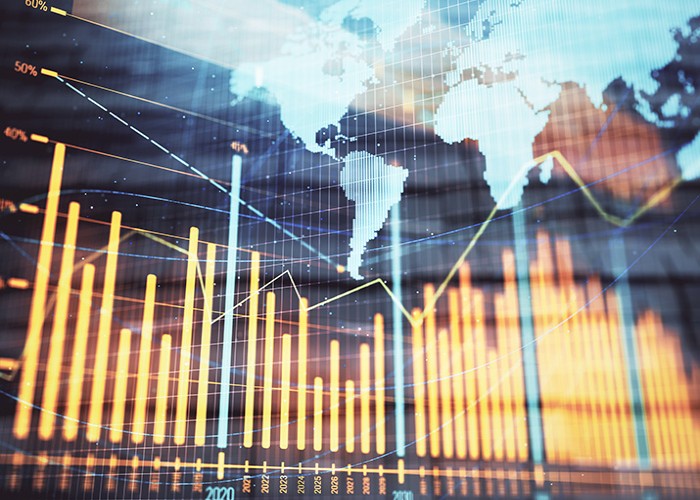- Insights & events
- Blog

Blog | January 26, 2023
Reshoring, nearshoring and multisourcing – keeping the essentials close at hand
Affected industries: Primarily B2B, especially manufacturers with global value networks, but also some B2C, primarily those involved in e-commerce with increasing cross-border sales
Affected supply chain segments: All segments, especially full truckload (FTL), less-than truckload (LTL) and courier, express and parcel (CEP) services
What are reshoring and nearshoring?
Reshoring is the practice of transferring a business operation that was moved overseas back to the country from which it was originally located. On the other hand, nearshoring is a process to bring a business operation to a nearby country, often one with favorable conditions for trade with the base country. In the EU, nearshoring initiatives are common by making investments in Eastern European countries, where companies benefit from a common legal and market framework when moving goods and supplies across inner-European borders. Both reshoring and nearshoring aim to combat the high risks and costs involved with long shipping routes and cross-border trade.
What is multisourcing?
Multisourcing is the diversification of suppliers for essential materials and services, a strategic move to prevent dependency on one or few suppliers. It has a similar aim to a regional diversification strategy. In this way, it can be understood as a tactic to improve supply chain resilience, as multisourcing reduces the risk of local events, such as political unrest or natural disasters, as well as supplier-specific events such as bankruptcy, on a supply chain.
Why should my business consider reshoring or multisourcing?
The practices are increasingly attractive to logistics players as force majeure events, including unexpected trade tariffs, hurricanes, labor strikes, and pandemics, appear to be on the rise. Additionally, governments globally are playing a more active role in attracting foreign companies and investment while promoting domestic business. Businesses have begun to consider the regional diversification of production as resilience becomes a key factor for decision making, in addition to markets and costs.
Getting ahead of the trend
When considering this trend, businesses need to figure out how to maximize global supply chains in terms of long-term value, which means not only generating profit but also balancing sustainability and resilience. How can you eliminate redundancies to most significantly reduce risk across the supply chain – and potentially achieve additional positive effects like short delivery times?
4flow trend monitor
Supply chains are in constant motion – and innovation promises to speed up the rate of change. With all these developments, businesses need to know where to focus their efforts to ensure the future viability of their supply chains. The 4flow trend monitor will provide a trend outlook highlighting important developments expected to have an impact on supply chain in the next one to five years.
Authors


Holger Clasing
Head of
Strategy Practice
at 4flow consulting


Wendelin Gross
Head of
4flow research
Interested in more trends?


Digital supply chain solutions are here and are already helping businesses get ahead of the competition
Part 1 of 6 in the series on digital transformation in supply chain – part of the 4flow trend monitor


Macroeconomics – market shifts mean new risks and opportunities for the supply chain industry
Part 1 of 5 in the series on macroeconomics – part of the 4flow trend monitor

